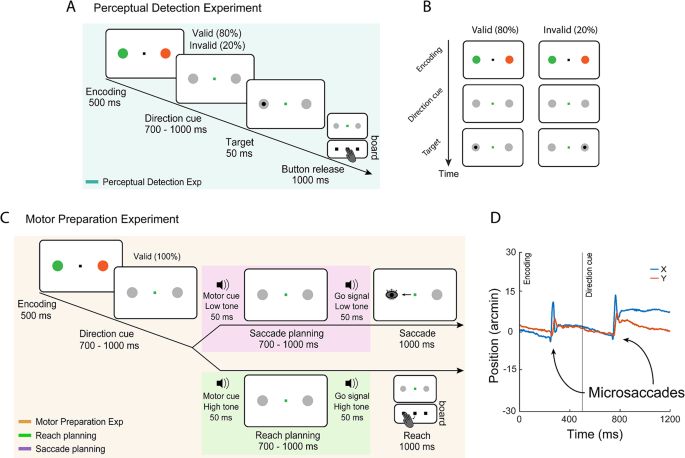www.rochester.edu/newscenter/a...

www.rochester.edu/newscenter/a...
doi.org/10.1515/ling... #URochesterResearch

doi.org/10.1515/ling... #URochesterResearch
CVS Retreat: See full agenda on our website
www.cvs.rochester.edu/events/cvs_r...
@uor-braincogsci.bsky.social @urneuroscience.bsky.social @flaumeye.bsky.social @uofrbme.bsky.social @urengineering.bsky.social

CVS Retreat: See full agenda on our website
www.cvs.rochester.edu/events/cvs_r...
@uor-braincogsci.bsky.social @urneuroscience.bsky.social @flaumeye.bsky.social @uofrbme.bsky.social @urengineering.bsky.social

www.sas.rochester.edu/bcs/jobs/pos...
#Postdoc #PostdocJobs #AcademicJobs #HiringAcademics #JobSearch #Neuroscience #ResearchJobs #STEMjobs #ScienceJobs

www.sas.rochester.edu/bcs/jobs/pos...
#Postdoc #PostdocJobs #AcademicJobs #HiringAcademics #JobSearch #Neuroscience #ResearchJobs #STEMjobs #ScienceJobs

@uor-braincogsci.bsky.social! Join a Simons-supported cluster across Math/Physics/Biology/BCS. Apply by Nov 1, 2025: www.sas.rochester.edu/bcs/jobs/fac... #ComputationalNeuroscience #Cognition #FacultyJobs

@uor-braincogsci.bsky.social! Join a Simons-supported cluster across Math/Physics/Biology/BCS. Apply by Nov 1, 2025: www.sas.rochester.edu/bcs/jobs/fac... #ComputationalNeuroscience #Cognition #FacultyJobs
Distinct audio and visual accumulators co-activate motor preparation for multisensory detection.
doi.org/10.1038/s415... #URochesterResearch @uor-braincogsci.bsky.social @urneuroscience.bsky.social

Distinct audio and visual accumulators co-activate motor preparation for multisensory detection.
doi.org/10.1038/s415... #URochesterResearch @uor-braincogsci.bsky.social @urneuroscience.bsky.social
#URochesterResearch

#URochesterResearch
Distinct audio and visual accumulators co-activate motor preparation for multisensory detection.
doi.org/10.1038/s415... #URochesterResearch @cvsuor.bsky.social

Distinct audio and visual accumulators co-activate motor preparation for multisensory detection.
doi.org/10.1038/s415... #URochesterResearch @cvsuor.bsky.social
doi.org/10.1523/ENEU... #URochesterResearch @uor-braincogsci.bsky.social @aplabur.bsky.social

doi.org/10.1523/ENEU... #URochesterResearch @uor-braincogsci.bsky.social @aplabur.bsky.social

doi.org/10.1523/JNEU... #URochesterResearch @cvsuor.bsky.social

doi.org/10.1523/JNEU... #URochesterResearch @cvsuor.bsky.social
doi.org/10.1523/ENEU... #URochesterResearch @cvsuor.bsky.social @aplabUR

doi.org/10.1523/ENEU... #URochesterResearch @cvsuor.bsky.social @aplabUR
doi.org/10.1016/j.co...
doi.org/10.1016/j.co...
@nathumbehav.nature.com 👇 www.nature.com/articles/s41...
@nathumbehav.nature.com 👇 www.nature.com/articles/s41...
Representations in human primary visual cortex drift over time
more: www.cvs.rochester.edu/events/index...
@cvsuor.bsky.social

Representations in human primary visual cortex drift over time
more: www.cvs.rochester.edu/events/index...
@cvsuor.bsky.social
doi.org/10.3389/fevo...

doi.org/10.3389/fevo...
doi.org/10.1523/JNEU...
#URochesterResearch @cvsuor.bsky.social @aplabur.bsky.social

doi.org/10.1523/JNEU...
#URochesterResearch @cvsuor.bsky.social @aplabur.bsky.social
#URochesterResearch @cvsuor.bsky.social
doi.org/10.1038/s420...

#URochesterResearch @cvsuor.bsky.social
doi.org/10.1038/s420...
doi.org/10.1523/ENEU...
#URochesterResearch @cvsuor.bsky.social

doi.org/10.1523/ENEU...
#URochesterResearch @cvsuor.bsky.social
doi.org/10.1146/annu... #URochesterResearch
doi.org/10.1146/annu... #URochesterResearch

Read More ➡️ bit.ly/3GcWIaO

Read More ➡️ bit.ly/3GcWIaO
This study found that microsaccades are a reliable indicator of attentional shifts but not of motor intentions...

This study found that microsaccades are a reliable indicator of attentional shifts but not of motor intentions...

